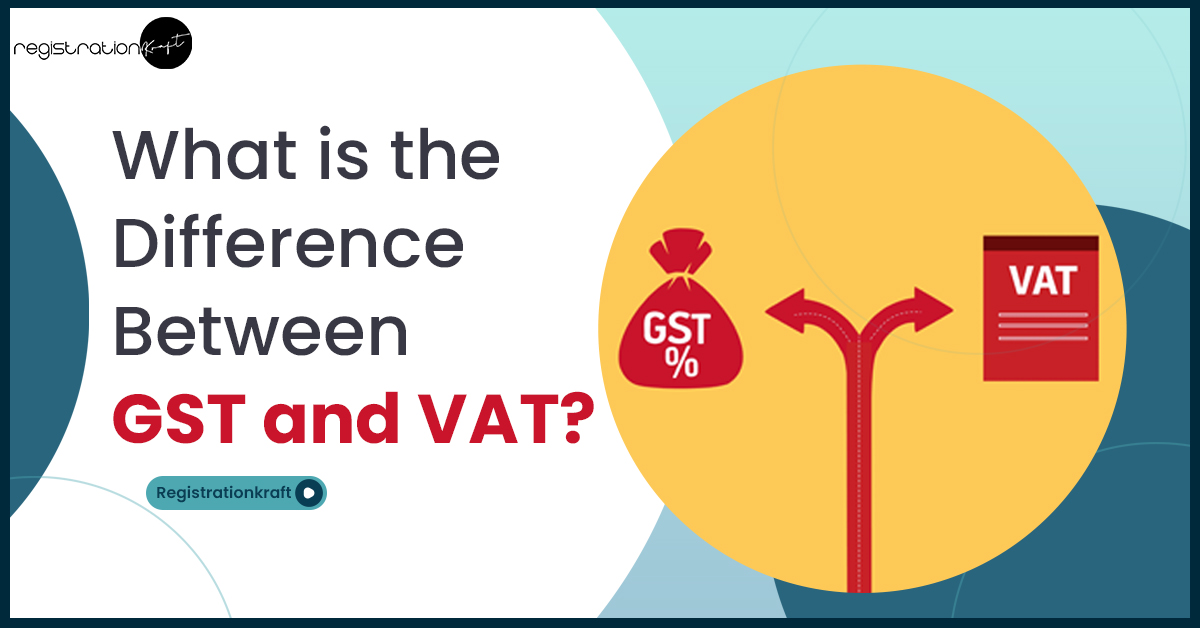The government of India decided to replace the VAT with GST in 2017. This decision is taken to reduce some limitations of the old system and achieve some specific economic goals. The main motive of the GST is to reduce the cascading effect, simplify the tax regime, increase the transparency in tax rates and remove the multiple state-level taxes with a single unified tax. In the article, the difference between GST and VAT is shared.
What is GST and its Cascading Effect?
The Goods and Services Tax (GST) is a unified, indirect tax. It is levied on the supply of goods and services across India. The implementation of GST, a complex web of central and state taxes has reduced. The example of indirect taxes are VAT, excise duty, service tax, and others.
The GST was introduced in 2017, and it aims to simplify the tax regime, enhance transparency, and reduce administrative costs. Here a concept of cascading effect came, let’s check what it means.
Before the implementation of GST, India was facing the cascading effect of the old tax system. This meant that taxes were levied at each stage of the production and distribution chain, which led to:
- Increase in the prices of products that were bear by the final consumer. So, by paying the multiple taxes the price of goods and services was inflating.
- The complex tax system was creating inefficiencies and increased compliance costs for businesses.
- The competition in the global market is reduced because of the heavy tax burden.
What is VAT?
In the Indian taxation system, VAT was introduced on April 1st, 2005. The VAT is also known as Value Added Tax. It is an indirect tax, or consumption tax, levied on a commodity whenever it adds value at any point in the supply chain from production to sale.
VAT = Output Tax – Input Tax
To understand the formula, let’s take an example, Mr. A is the owner of a restaurant. He bought raw materials worth Rs. 2 lakh and an input tax of 10% was imposed on raw material which is Rs. 20 thousand.
After selling dishes made from raw materials, he earned Rs. 3 lakh. If we consider that the total output tax is 10% of the earnings, which is Rs. 30 thousand. So, the total VAT paid by Mr A is VAT= Rs. 30,000 – Rs. 20,000= Rs. 10,000.
Benefits of VAT
The VAT is not a voluntary tax system but has a special importance in the tax payment structure. So, it has multiple benefits and these are as follows:
- Multi-stage Taxation: This tax is levied at each stage of the supply chain from raw materials to final customers. So, this means it is a cascade tax. The tax that the businesses pay is included in the cost of products or services they offer. So, its effect is borne by the final consumer.
- Input Tax Credit: The businesses can claim a credit for the VAT they have paid on their inputs against the VAT they have charged on their outputs. This means that the value added to the product or service at each stage is eligible for tax which helps in reducing the method of double taxation.
- Neutrality: The system of VAT is the same for different industries and product categories. However, the same tax rate applies to a wide range of goods and services but there are few exemptions.
- Transparency: This tax system is transparent as the tax burden is visible at each stage of the production and distribution chain. The customers have the benefit of this as it allows them to know how much tax they are paying.
- Revenue Generation: The VAT is a source of revenue for governments around the world. Its multi-stage broad tax base provides a steady stream of income.
- Complexity: The VAT system is complex as the multi-stage nature of the tax can lead to record-keeping and compliance challenges for businesses.
Points of Key Differences Between GST and VAT
The following are the points of key differences between GST and VAT:
| Features | GST | VAT |
| Scope | The GST apply to both goods and services. | The VAT mainly applies to services. |
| Tax Base | The tax is added as value at each stage of supply. | Value in VAT is added at each stage of production and distribution. |
| Multiple Taxes | It replaced the multiple central and state taxes such as VAT, excise duty, service tax, etc. | One tax is imposed with other central and state taxes. |
| Input Tax Credit | Reduce the system of double taxation, as it applies both to goods and services. | It is available for most of the services but limited or unavailable for some of the goods. |
| Tax Rates | There are four main rates (5%, 12%, 18%, 28%) with some exceptions. | Different according to the states and industries, usually higher than the GST rates. |
| Administration | Both the Central and State Government shares the authority. | Only the Central Government collect VAT in India. |
| Cascading Effect | GST eliminates the cascading effect through the input tax credit. | VAT is present due to multiple taxes and limited input tax credits. |
| Compliance Costs | The cost of compliance is reduced due to the simplified system and centralised filing. | The compliance cost can be higher due to the complex regulations and dual administration. |
| Transparency | Through online filing and tracking the transparency of tax has become more transparent. | It depends on state and industry regulations. |
| Impact on Prices | The prices are lower because of the reduced tax burden. | The prices of products or services can be higher because of multip-stage tax |
| Purpose | The purpose of GST is to increase economic growth, simplify the tax, and improve efficiency. | The purpose of VAT is to generate revenue for state government and regulate some specific industries. |
Conclusion
The comparison between GST and VAT has multiple points. However, the GST is considered a better tax system as compared to the VAT. After the implementation of GST, the growth of the economy has seen an improvement. Eliminate the cascading system of tax and make the business process easier.
People also read: Top 10 Facts About GST in India

